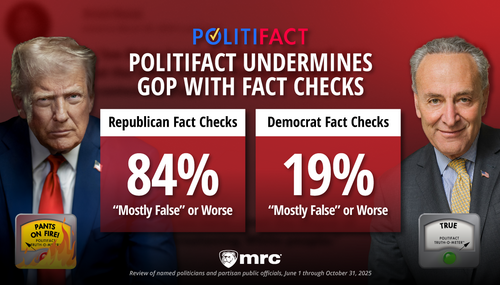The New York Times’ public editor, Byron Calame, wrote an op-ed this morning concerning the practice of marketing representatives creating ads that either intentionally look like articles to mislead the reader, or watermark images that advertise companies and their messages right behind newsprint:
“The search for revenue, not surprisingly, means the advertising staff of The Times is scrambling ever harder to come up with attractive new options for advertisers. Sometimes that can lead to pressures to let advertisers tie their pitches more closely to the credibility of the news columns. And that can blur the distinction between advertising and articles - risking erosion of the readers' right to assume that the news columns are pure journalism, both in print and online.”
He continued, “But I see a few worrisome indications that advertisers are being allowed to tap into the credibility of the news columns in ways that slip over the line.”
Beyond “watermarks,” Calame is also concerned with “sponsored archives” at the Times website. Here, the articles that are listed are actually chosen by the advertising company, and this isn’t always made clear to the reader:
“One such ad for a pharmaceutical company earlier this year, for example, offered an archive of Times articles related to health and cholesterol. While I couldn't see that discontinued ad's archive, I think there's little chance that readers using it would have found any unfavorable articles about the advertiser or its products.”
In fact, although Calame doesn’t address it, what this procedure could allow is a company only including positive press accounts of itself or the product being advertised at that web page, or, conversely, negative reports about competitors and their products.
“Finally, there's the cat-and-mouse routine that has been going on between news and advertising staffs at newspapers as long as I can remember. There are almost always some advertisers interested in buying an ad designed to look like a news page, and their clout increases when demand is slow. The basic idea is to lure readers to an ad that seems at first glance to be just another news article.”
We’ve all seen these kinds of ads in newspapers where the text is specifically designed to look like it’s an article rather than an advertisement. According to Calame, these have become more common at the Times, and he has found a good number of instances when the word “Advertisement” was not run across the top of the ad.




